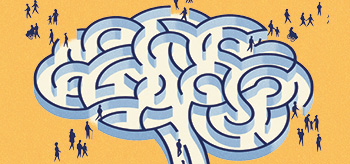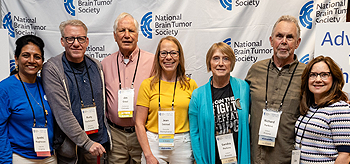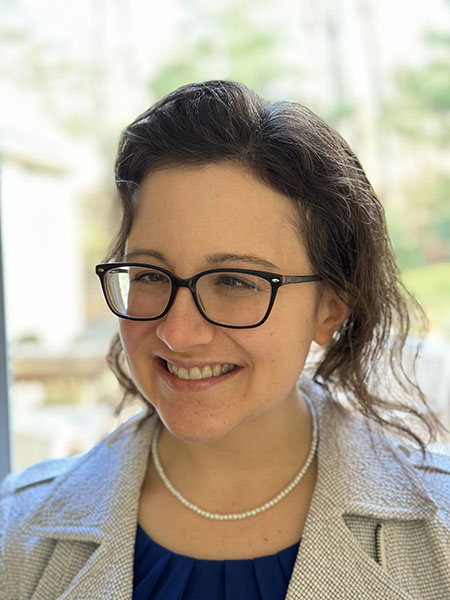I took a purple marker from the radiation oncology nurse and looked at the white square of the wall in front of me. “Thank you for everything!” I wrote, topping off my picture with a flower and a sun and, with that, marking an end to one of the first hurdles of my cancer journey.
That long road began on January 14, 2004, when one MRI, preceded by a few weeks of symptoms, turned my world upside down. I was diagnosed that day with a brain tumor (medulloblastoma) and underwent brain surgery the next day to remove the tumor, followed by radiation therapy and chemotherapy.
Cancer survivorship is a journey that never ends, whether you are an adult, adolescent, or child. But as a now 20-year pediatric brain tumor survivor, I am keenly aware of this fact. Even though I may want to put my experience behind me and move on, I can’t. Along with other late effects from my treatment, I was diagnosed last year with three benign meningiomas, which my doctors say are from the radiation therapy I received 20 years ago. Now, a whole new journey of uncertainty has begun as my care team focuses on treating and managing these new tumors and their side effects. While I am definitely a “frequent flier” in the MRI suite by now, I can yet again never shake the anxiety that comes with each scan.
Despite this, I still consider myself lucky compared to so many others who didn’t make it through their treatment or have experienced even worse late effects than I have. Surviving cancer and managing long-term cancer survivorship has given me a different perspective on life, the mindset to push through any challenges I face, and helped me to surmount hurdles both big and small. I am forever grateful to my incredible surgeons, oncologists, and care team, who saved my life and continue to treat me today. Yet I find it astonishing that 3 out of 5 childhood cancer survivors will develop late effects from their treatment, and there has never been a treatment developed specifically for pediatric brain tumors.
Many of the drugs used in my regimen were developed well over 30 years ago, although my treatment protocol was considered the new gold standard of care for medulloblastoma at that time, and it hasn’t even changed much since then. We have undoubtedly come leaps and bounds in the treatment of other cancers, and even for some brain tumors, but there is still far to go. Imagine the impact that improved, targeted pediatric brain tumor therapies could have, not only in the number of lives saved, but also in a better quality of life for all children facing a brain tumor diagnosis and then a hopefully long life afterwards.
Quite a few years later, when I went back for a radiation oncology check-up, that wall of patient gratitude was painted over with a fresh white coat of paint. My little square of purple writing, that visual reminder of my challenges, was wiped clean. An erasure of past pains and a reason to move on? Perhaps. You could ascribe many metaphors to that moment, but I see it as a reminder that we can never stop fighting for improved treatments for brain tumors.
Cancer treatments may be over and completed, but the residual effects (physical and mental) are never erased. I view my brain tumor survivor journey as a motivating factor in fighting and advocating for more and better research, both to improve the treatments themselves as well as to improve the care and quality of life of survivors. The journey may never end for most of us survivors, and neither can our commitment to ending the impact of brain tumors as we know it.



